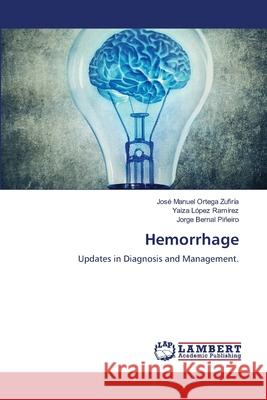Hemorrhage » książka
Hemorrhage
ISBN-13: 9786205527887 / Angielski / Miękka / 152 str.
Aneurysmal subarachnoid haemorrhage (SAH) is a very serious neurosurgical problem, associated with high rates of morbidity and mortality. After the initial haemorrhage, up to 50% of the patients die, and 30-40% of the patients suffer a new bleeding during the first month. The percentage of deaths due to a new bleeding is between 60% and 75%. Both endovascular embolization and surgery treatments reduce the mortality rate and improve the quality of life of the survivors. In recent years, endovascular embolization has become the method of choice to prevent new bleeding, especially in Europe, widely replacing surgery.The aim of this study was to describe a series of patients with spontaneous subarachnoid haemorrhage, secondary to aneurysmal rupture, treated at the University Hospital of Getafe between 2010 and 2019, to study the different diagnostic and treatment options, and to define the most important prognostic factors. In addition, compare the results of both treatments (surgical and endovascular).We studied 110 patients, 58 men and 52 women, with an average age of 40.8 years. A retrospective study has been carried out.











